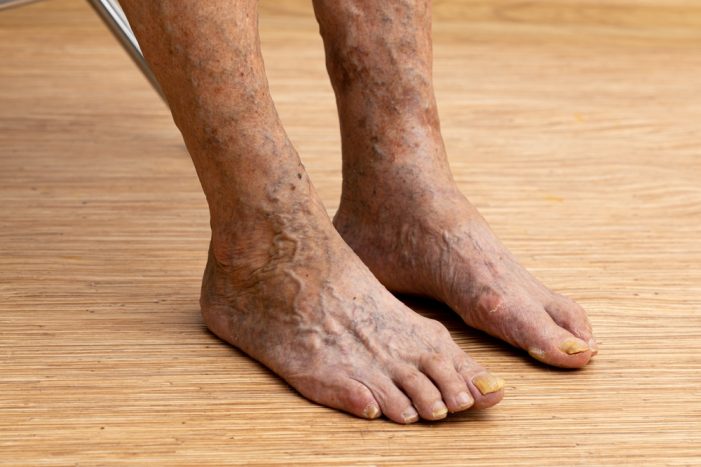| Factors such as immobility, obesity, smoking, hormone medications, injuries, surgeries, dehydration, and genetic predisposition can all cause DVT. (While professional athletes typically do not endure long-term immobility, they do encounter injuries that may contribute to DVT.)
DVT is a blood clot in one of the body’s deep veins. It occurs most commonly in the legs, but it can also occur in areas like the upper arm and shoulder, as with Wembanyama. The condition often presents with symptoms such as pain, swelling, or warmth in the affected area, but it can sometimes occur without noticeable symptoms. If left untreated, blood clots in the veins can travel to the lungs, resulting in a pulmonary embolism, while clots in the arteries can reach the brain and lead to a stroke.
In the United States, DVT is responsible for approximately 100,000 deaths each year. Clots often go undetected until an ultrasound is performed to check for them.
Why the racial disparity?
Why are Black people more susceptible to deep vein thrombosis (DVT) than other races?
Family history and certain diseases that predominantly affect individuals of African ancestry, such as sickle cell disease, can raise the risk of blood clots. African Americans are also more likely than white individuals to have risk factors like diabetes, obesity, and chronic kidney disease, according to the National Blood Clot Alliance.
Structural racism also plays a role. Black Americans often receive fewer life-saving treatments for blood clots and may be less likely to be admitted to the hospital in serious conditions compared to white individuals.
Additionally, smoking and surgery can contribute to the higher incidence of DVT among Black individuals. While smoking rates among Black individuals are similar to those of other racial groups, they are more likely to die from tobacco-related causes and they have higher rates of exposure to secondhand smoke, including among children.
Surgery, including C-sections, also increases the risk of developing a blood clot, with Black individuals having the highest risk of DVT after surgery, followed by whites, Hispanics, and Asian Americans. The pattern may be related to worse post-operative care and fewer follow-ups among Black patients.
Black communities also face significant barriers to health care, including lower rates of health insurance and worse access to health care facilities. These challenges lead to reduced access to preventive care and treatment, resulting in delays in diagnosis and care.
Consequently, patients of color may receive less aggressive treatment and monitoring, which adversely affects the management of conditions such as anticoagulation therapy, according to a 2024 study. |
